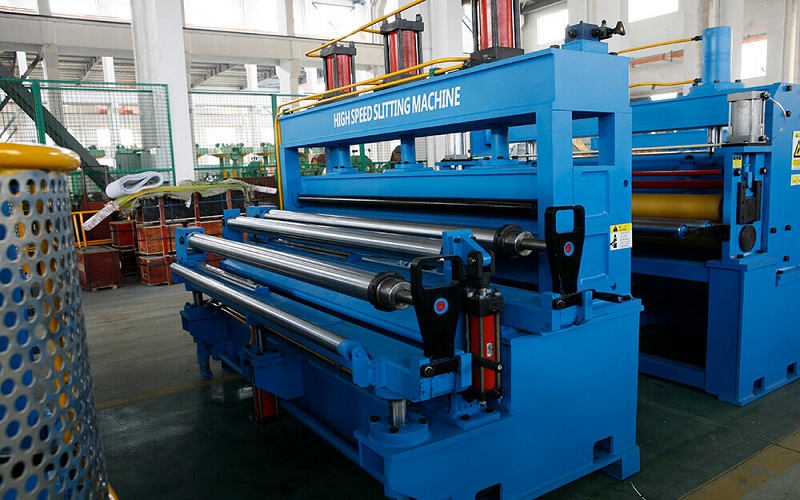Plate flattening is an essential industrial process for ensuring the dimensional accuracy, surface smoothness, and structural integrity of metal plates. In manufacturing, precision machinery, construction, and other applications requiring flat metal surfaces, plate flattening is crucial for producing high-quality end products.
What is Plate Flattening?
Plate flattening involves reshaping metal plates that may have warped, buckled, or distorted due to heat, pressure, or mechanical stress during manufacturing or transportation. These deformations can affect the functionality and appearance of the final product, making flattening a vital step in the production process.
What is Used For Plate Flattening?
Specialised machinery such as plate rollers, hydraulic presses, and laser-based technologies are typically used for plate flattening. The method chosen depends on the type of metal, plate thickness, and degree of deformation. In roller-based flattening, the metal plate passes through rollers that apply high pressure to gradually restore its flat shape. Hydraulic presses use controlled force to press the plate between two flat surfaces, ironing out irregularities. Laser-based technologies employ precise laser beams to heat and reshape specific areas of the plate.
Successful plate flattening requires a comprehensive understanding of material behaviour, stress distribution, and deformation mechanics. Skilled operators must monitor process parameters, adjust machinery settings, and ensure the plate is uniformly flattened without introducing new defects.
Which Industries Use Plate Flattening?
Industries from automotive manufacturing to aerospace engineering rely on plate flattening to maintain product integrity and accuracy. In aerospace, for instance, flatness is critical for components like aircraft wings and fuselage panels, where even minor deviations can impact aerodynamics and structural stability.
The Benefits of Plate Flattening
Plate flattening enhances the mechanical properties and aesthetic appeal of metal plates. It removes surface imperfections and ensures the final product meets desired specifications. Additionally, flat plates are easier to work with during subsequent processes such as welding, machining, or coating, increasing efficiency and reducing waste.
This process is vital in modern manufacturing and construction industries, rectifying deformations in metal plates, restoring flatness, and ensuring the required dimensional accuracy and surface smoothness. With technological advancements, plate flattening techniques continue to evolve, contributing to the production of high-quality, reliable, and visually appealing products across various sectors.
If you need a plate flattening company specialising in industry-standard materials and services, contact P&D Northern Steels. They have the technology and expertise to perform plate flattening, ensuring steel is in the correct form for manufacturing.

